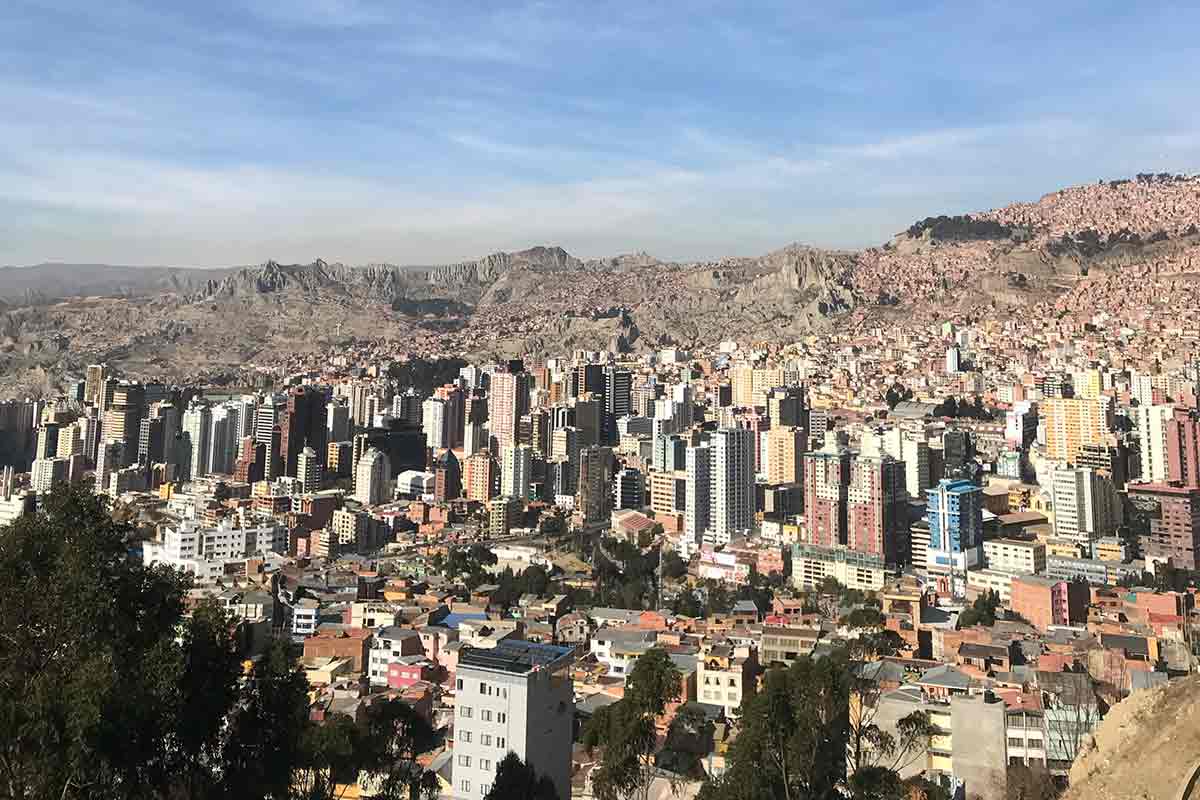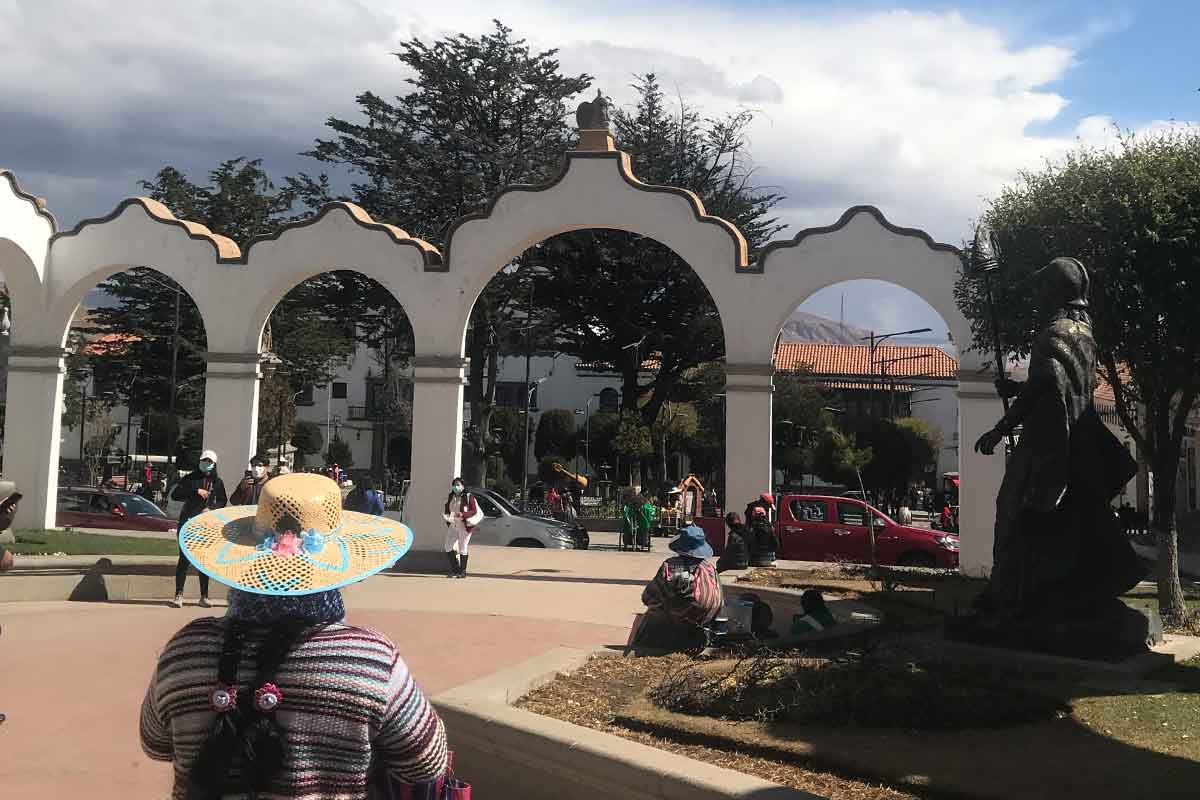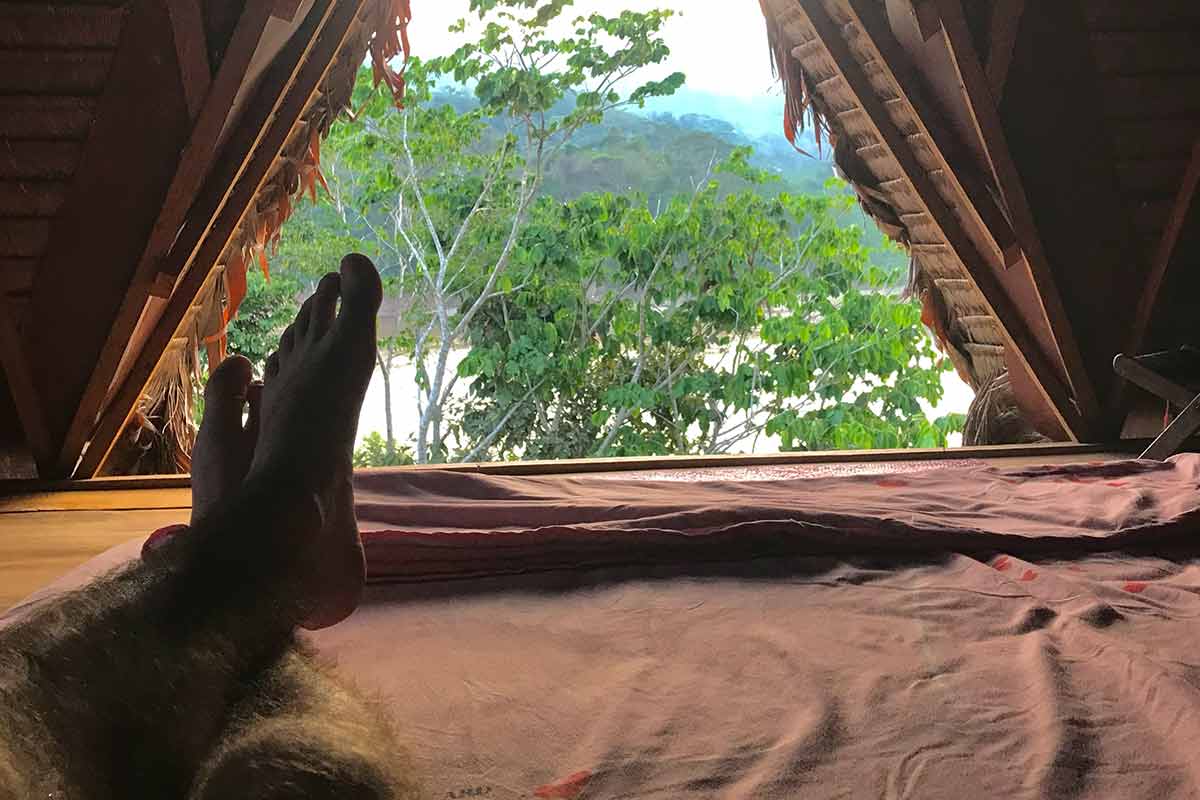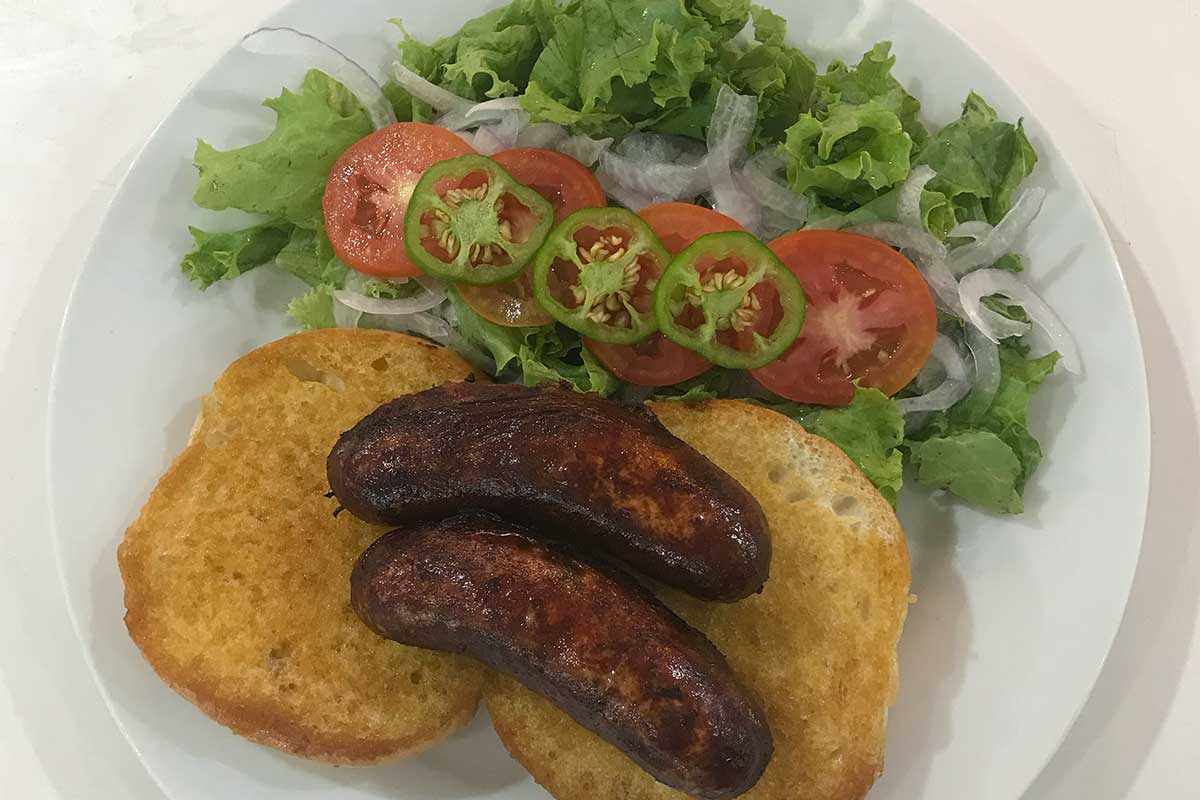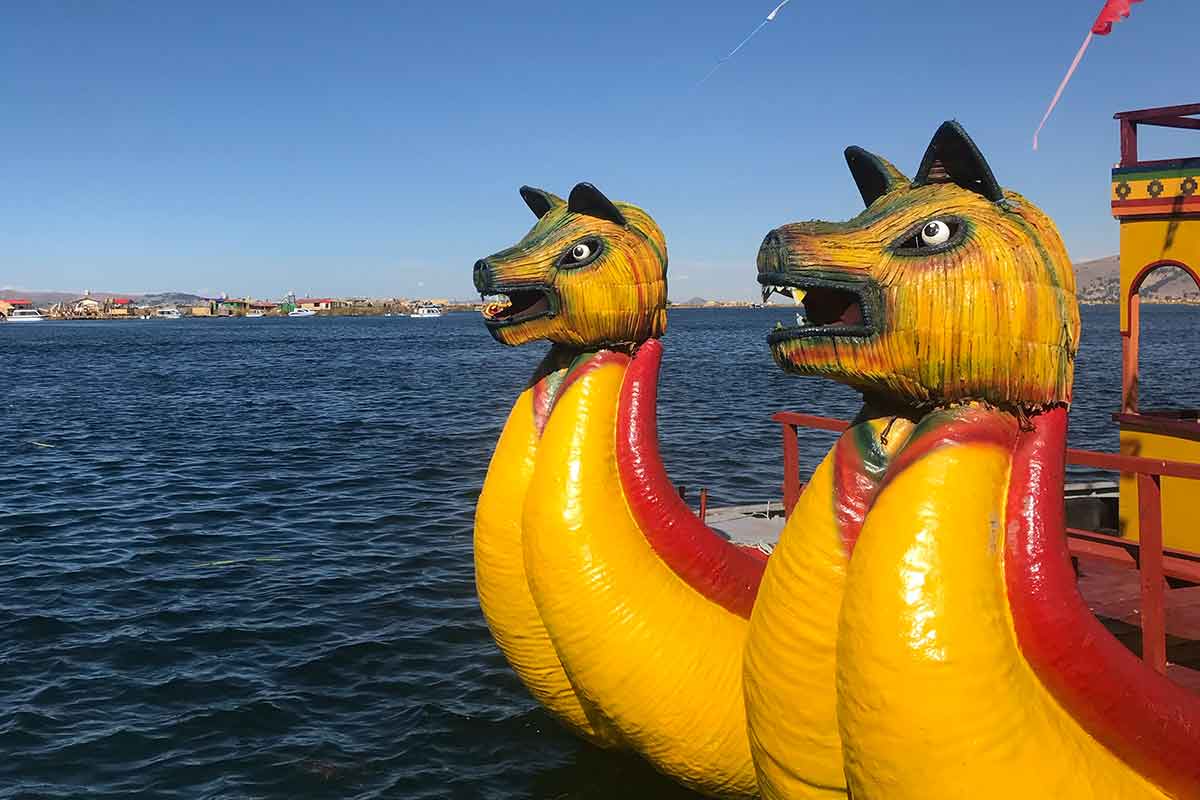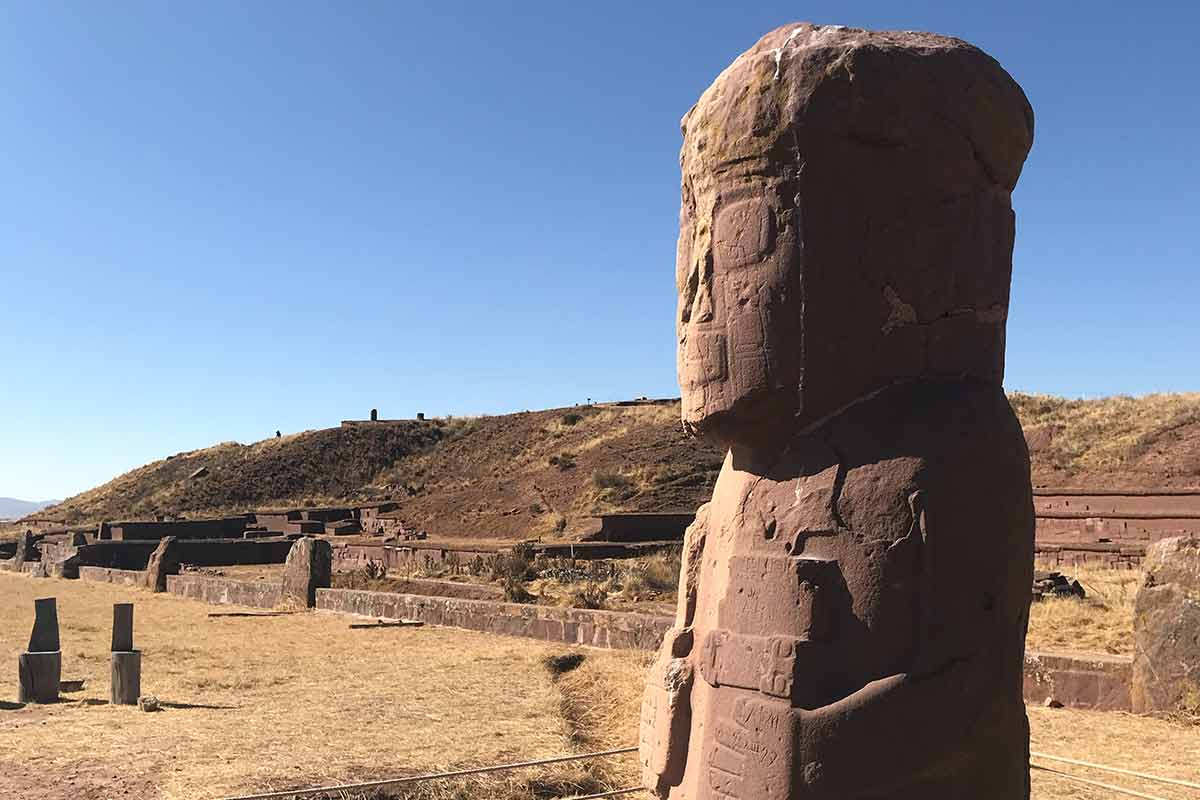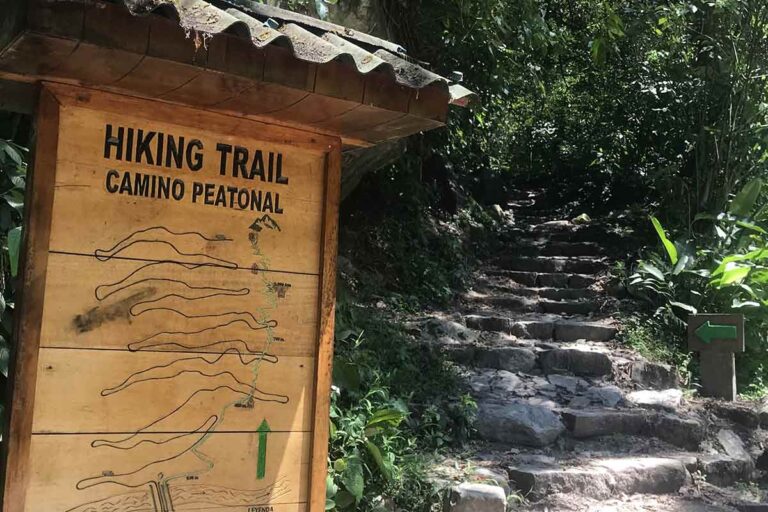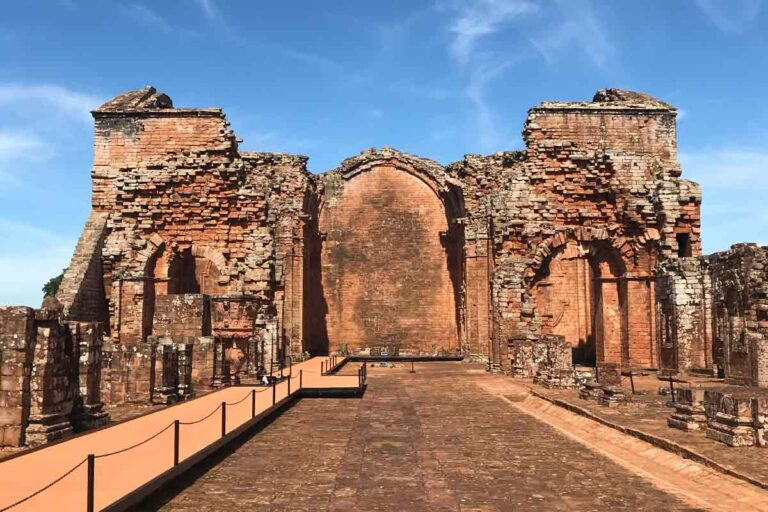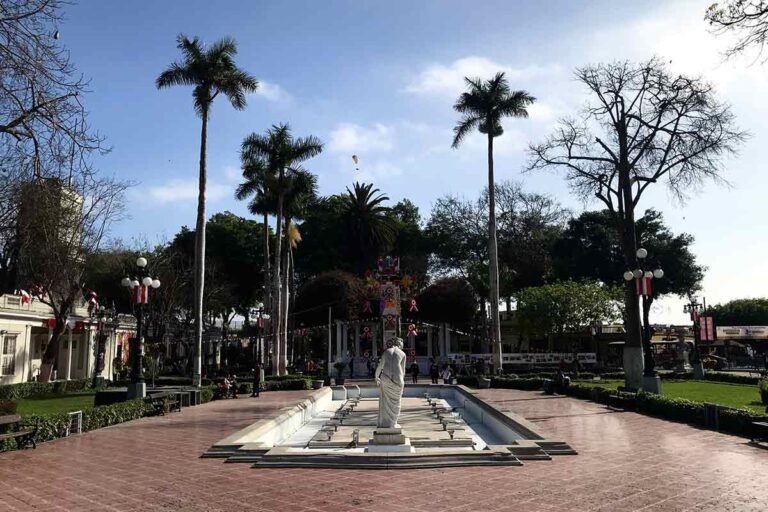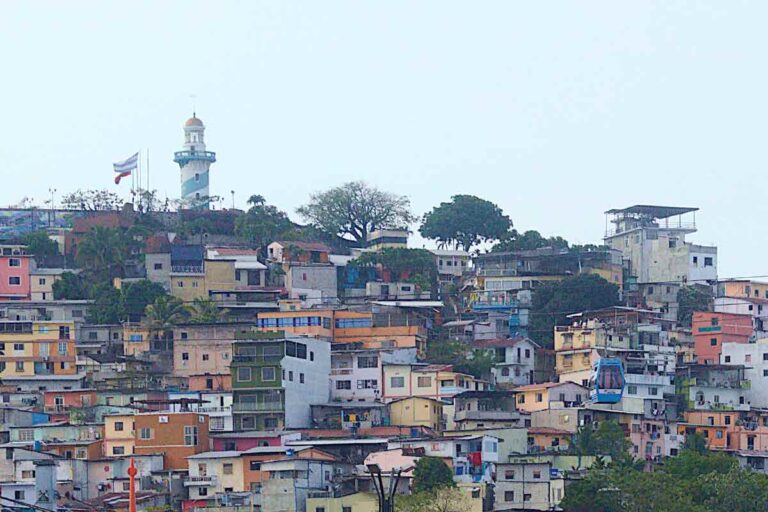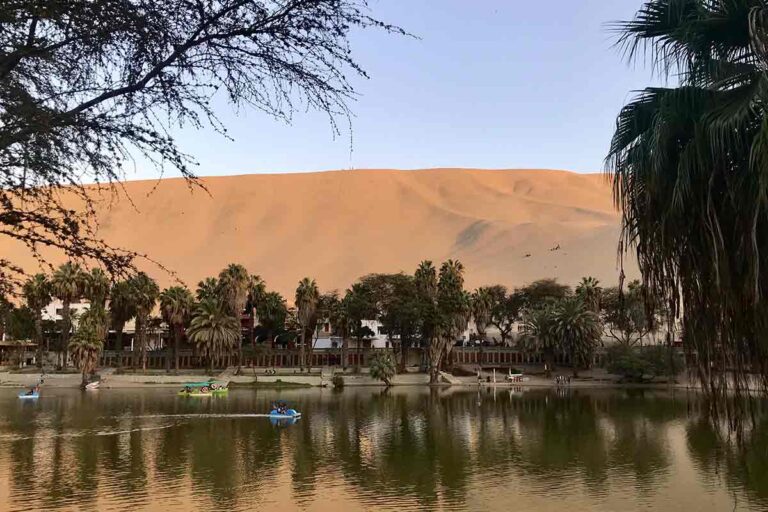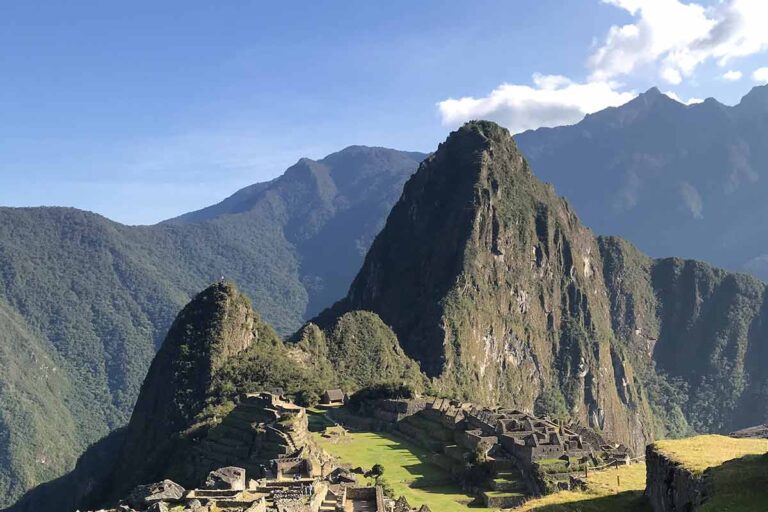Is Bolivia Expensive?
How much do you need when traveling around Bolivia?
One of the most diverse countries you can visit in South America, Bolivia has literally something for everyone here. Those into adventure can hike through the Amazon Jungle from Rurrenabaque, whilst La Paz and Sucre have plenty of unique sights to see in and around the city center.
In this guide we’ll look at the typical costs you can expect when traveling Bolivia, such as for accommodation, food and getting around. As well as recommending some of the best tours you can head on, we’ll also answer your most burning questions in our FAQ section.
Is Bolivia Expensive for Tourists?
Quick Answer: Yes, Bolivia is still the cheapest country you can visit in South America (and most likely all of Latin America too). This means you can easily live off a daily travel budget of $20, staying at nice hostels and eating hearty meals for breakfast, lunch and dinner.
In certain areas you can even get a private room within this budget too, which again shows that Bolivia is really easy to travel on a low budget.
Of course you can spend extra for a more luxurious experience, however it will still be cheaper than what you would spend in other South American countries.
Things to know before traveling to Bolivia
- Check Visa Requirements – Unlike other countries in South America, Bolivia has some strict rules for certain nationalities. This includes visa restrictions for those from the USA or Israel, who have to pay for their Visa before arriving. It’s important to get your visa accepted in advance, or you will be denied entry into Bolivia (and may face other issues).
- Head Off The Beaten Path – Whilst places like La Paz and Uyuni are incredible in their own right, Bolivia also has some worthy gems to visit that are less on the tourist radar. Samaipata is one of these which has many stunning waterfalls as well as being close to the El Fuerte Ruins. Another is the city of Cochabamba, which is where you’ll find the most raw culture as well as some really tasty Bolivian food.
- Pack Lots of Warm Clothing – Much of Bolivia is located within the Altiplano, which is an area of high altitude that is cold year-round. This includes destinations such as Lake Titicaca, La Paz, Sucre, Potosí and Uyuni. Be sure to pack a thick coat, gloves, a hat as well as other warm items (especially for the buses which get cold at nights).
Got travel insurance for Bolivia?
How much does a trip to Bolivia cost?
Budget travelers and backpackers can expect to spend roughly $20 a day in Bolivia, whilst those who want an upgrade in experience (such as private rooms, eating in nicer establishments) can budget for around $30-40 a day.
This budget only covers accommodation, food and a few extras (like beers, a walking tour or entrance etc). Other costs such as flights and day tours will need to be planned with a different budget in mind.
Cost of Accommodation in Bolivia
If you have been traveling in neighboring Chile or Brazil before entering Bolivia, then you’ll be pleasantly surprised at just how cheap accommodation can be here.
If you’re traveling on a strict budget, then dorm beds in hostels are a great way of keeping your costs down. You can expect to spend between $5-7 a night for a dorm bed, and in some hostels (such as the larger chains) you’ll also have extras like an on-site bar and consistently hot showers.
When in La Paz we highly recommend staying at the Wild Rover Hostel, which has a festive atmosphere and events on all days. You’ll also be located in the historic center, just a couple of blocks from Plaza Murillo.
Those who are looking for a more deluxe experience can also find private rooms at a decent price too. This includes those in hostels, as well as staying in a nicer area with better facilities on-site (such as breakfast included).
If heading to Santa Cruz, then we recommend staying at Mi Bella, which is a comfortable and sleek apartment located in the center of the city. As well as including high-speed WiFi and air conditioning, you’ll also be close to the main plaza and cathedral.
Cost of Food in Bolivia
Food is extremely cheap here, which is another awesome reason to visit Bolivia. This also means you can free up more of your daily budget to spend elsewhere (either staying in a nicer place or doing more activities or heading out more frequently at night).
A standard dish at a local restaurant can cost as little as $2-3, which also tends to be very filling (especially when getting a local menu ejecutivo).
Of course we can find more up-scale restaurants too, especially in the more developed areas of cities (such as Equipetrol in Santa Cruz as well as near the main plaza of Uyuni).
You can expect to spend around $5-8 per person, however this can of course be more if heading to more luxurious restaurants.
Regardless of which option you choose, we highly recommend trying out various Bolivian dishes when here (which are really underrated). These include Pique Macho, Charque as well as Cuñapes, which are all filling and can be found in both nice restaurants as well as in local holes.
Cost of Transportation in Bolivia
Overall there’s no real surprises with costs in Bolivia, and it remains pretty cheap to travel around here. Although distances can get big between some destinations (up to 20 hours), you’ll still find a variety of options from dirt cheap buses to more luxurious and comfortable operators.
For example, the 16 hour bus from La Paz to Santa Cruz de la Sierra costs just $30, and can be even cheaper when booking within the terminal (our top tip is to head there an hour before the bus is scheduled to depart, where you can often get extra savings on your ticket).
Likewise, the 8 hour ride from Sucre to Uyuni will cost you roughly $15, although if you use the colectivos then you can further save on this trip.
Although we haven’t done it personally, you can also use domestic flights to get around if you are strict on time (or don’t mind spending extra for the convenience).
Most flights depart from La Paz and Santa Cruz, which is ideal since they are located in different areas of Bolivia. A one-way flight between the two will cost around $120, which doesn’t include fees for baggage.
Cost of Tours & Attractions in Bolivia
There are a tonne of things to see and do in Bolivia, so it’s good to know what the prices are before so you can start budgeting properly.
Local experiences can be really cheap, where you can visit museums and head on brief city tours for less than $5-10 in some places. It’s just a case of being proactive when arriving and seeking out different tour operators, who tend to have different benefits when booking with each of them.
If you’re in La Paz and don’t fancy walking door-to-door (especially with the altitude and all), then you can pre-book your city tour. As well as seeing the best sights and riding the cable-car around La Paz, you’ll also visit the surreal Moon Valley.
There are also several must-do larger tours as well in Bolivia. Prices of course will be more for these, although the value you get is still great compared to many other Latin American countries.
These include multi-day hikes into the jungle, and also other incredible experiences that you can only do here in Bolivia. One of these is visiting the Salar de Uyuni, where we highly recommend joining this 4 Day adventure tour which drops you off in San Pedro de Atacama (Chile).
As well as seeing Pink Flamingos, towering volcanoes and the salt flats themselves, you’ll also have all meals, transport and lodging provided along the way.
Bolivia FAQs
Is Bolivia Expensive for Tourists?
And that’s all for our guide on how expensive Bolivia is.
Full of adventure and unique cultural experiences, Bolivia is a really awesome country to travel around. You’ll also find your money will go much further here than in other neighboring countries, so it’s worth spending longer here to really make the most of everything that this nation has to offer.
In this guide we’ve looked at how much money you’ll need when traveling around Bolivia. This guide focuses more on the minimum needed for low-budget travelers, so of course if you feel like upgrading then by all means go for it!
Be sure to read our Backpacking Bolivia Itinerary to learn how to best use your time when traveling around this diverse South American country.
👉🏽 P.S. If you’ve found this guide helpful, buy us a coffee here to say thanks! Or, support us by downloading our South America Travel Bible to get our best content.
“Dear traveler! Some links in this post contain affiliate links. Meaning, if you click through and make a purchase, book a hostel or sign up for a tour, we may earn a small commission at no additional cost to you. Your support means a lot and helps us to carry on traveling and maintaining the quality of this site for you.”

